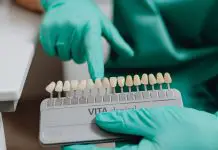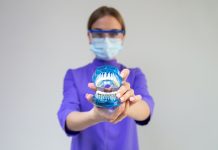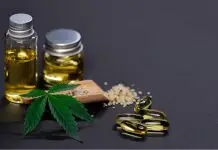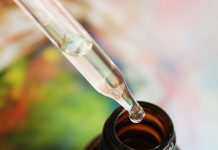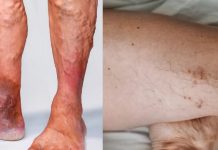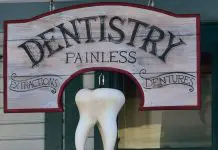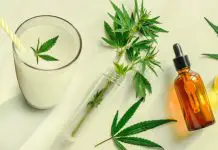Overview, Causes, & Risk Factors
Chemical burns involve injury to a part of the body caused by short- or long-term exposure to a chemical substance. They are generally caused by acids or bases, which are caustic products that can cause damage on contact.
What are the causes and risks of the injury?
Chemical burns usually occur on the surface of the body, such as the skin or eyes. However, chemicals may also be inhaled or swallowed, causing lung or gut damage.
Acids used at home that can cause chemical burns are as follows:
Bases used at home that can cause chemical burns include the following:
Symptoms & Signs
What are the signs and symptoms of the injury?
Symptoms of a chemical burn vary, depending on the chemical and the part of the body that is exposed. Symptoms can include the following:
Following are symptoms of an airway burn:
Diagnosis & Tests
How is the injury recognized?
Usually, people with a chemical burn know if they have been exposed to a chemical. But sometimes the person may be unconscious and unable to talk. Following are some signs that indicate that chemicals are involvedin the injury:
Prevention & Expectations
What can be done to prevent the injury?
Caustic chemicals should be used only when necessary. It’s important to follow directions on the label for safe use. Protective clothing, gloves, and safety glasses should be used appropriately. Particular care should be taken when using the acids and bases listed above. Even very small exposures can cause burns.
Chemicals should be kept in a locked cabinet out of the reach of children. Materials like ammonia and bleach should not be mixed together. Chemicals that can cause burns or other toxic problems should only be used in well-ventilated areas. Chemicals should not be stored in containers that may be used later for food or drink.
Treatment & Monitoring
What are the treatments for the injury?
In most cases, medical care should be obtained quickly, unless the burn is very small. The emergency medical system should be contacted immediately for any serious burns. Cool, running water from the nearest source should be used to thoroughly rinse the affected areas. This includes any areas of the skin, mouth, or eyes. If someone has swallowed chemicals, large amounts of water can be swallowed. This helps to dilute the chemical, or make it less strong.
The longer the chemical remains on the skin, the more severe the injury will be. Those giving help should be careful not to expose themselves or anyone else to the chemical. A poison control center can be called for further information on the type of chemical and treatment options.
Cool, wet compresses can be applied to the burn to help relieve pain and discomfort. Ointments or other substances should not be applied without a doctor’s approval. The burned area should be wrapped with a clean cloth.
Once the person is at the emergency department or healthcare provider’s office, there are many treatments available. Depending upon how bad the burn is, the provider may use topical treatments, such as creams or ointments. Antibiotics can be given as needed. Surgery, including skin grafts, may be needed for severe burns.
What are the side effects of the treatments?
Creams and antibiotics can cause allergic reactions. Surgery can cause bleeding, infection, or allergic reaction to anesthesia.
What happens after treatment for the injury?
Any new or worsening symptoms should be reported to the healthcare provider.
Article type: xmedgeneral















